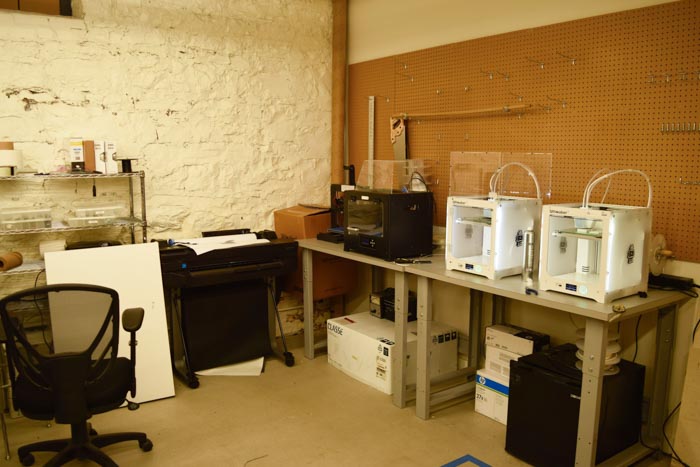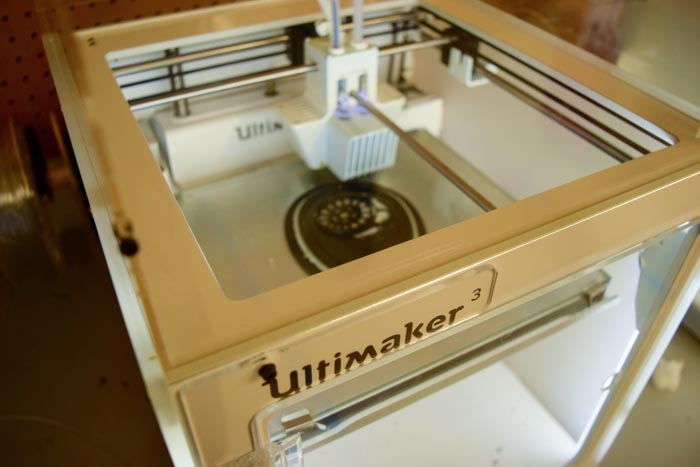Audio loudspeakers, unlike many other technologies, have seen relatively little advancement since their creation in the late 1800s. That was until ORA Graphene Audio Inc., founded by brothers and McGill PhD graduates Robert-Eric Gaskell and Peter Gaskell, integrated a new material into their speaker design—taking the audio world by storm with their groundbreaking graphene-based headphone technology.
The sibling entrepreneurs both received their doctorates from McGill: Robert-Eric specialized in sound recording while Peter studied electrical engineering. The brothers founded ORA, now valued in the millions, in 2014 while they were still pursuing their doctorates. At the time, Peter was trying to use graphene in batteries while Robert-Eric Gaskell was working on microphone technology. What began as off-the-clock experiments, mixing Robert-Eric’s microphones with Peter’s material-of-interest graphene, eventually transformed into a success story.

Graphene, the key to ORA’s innovation, was first extracted with regular Scotch-tape in 2004. The professors responsible for the discovery, Andre K. Geim and Konstantin S. Novoselov at the University of Manchester, subsequently won the 2010 Nobel Prize in Physics for their work. The material is comprised of a single layer of carbon atoms arranged into a hexagonal or ‘honeycomb’ lattice and has a variety of remarkable properties. The substance is the strongest ever discovered, over 150 times stronger than steel and 40 times tougher than diamond. Furthermore, it’s one of the world’s lightest materials, extremely rigid, and excellent at damping vibrations.
Despite this assortment of useful characteristics, graphene has resisted commercialization since its debut over a decade ago. That remained the case until the Gaskell brothers created a composite material in 2013 which they dubbed GrapheneQ. Thomas Szkopek, associate professor in the Department of Electrical & Computer Engineering, urged the siblings to patent their invention in 2014. GrapheneQ is made up of thousands of layers of graphene which comprise 95 per cent of the material, while the remainder contains binding components that enable its usability beyond that of pure graphene.

What sets ORA’s headphones apart from others on the market is the vibrating cone within each speaker, made of GrapheneQ. This cone converts electrical signals into mechanical waves that are then interpreted as sound. Other speakers on the market use materials such as aluminum or composite paper for this component, but have to make cost-benefit decisions in order to maximize the three central qualities of a speaker cone: Minimal weight, maximal strength, and great damping ability.
The quality of these headphones will be benefitted by their cone material because graphene excels in regards to all three of the properties. The difficulty comes in molding and manufacturing the notoriously complex material. The layered GrapheneQ must be shaped while maintaining these desired properties. The result is crisp, loud, and energy-efficient acoustics that could potentially set a new standard for headphone design.

Even though the brothers are currently pursuing the headphone market, the company has larger plans for the future. Robert-Eric envisions potential for their technology beyond headwear.
“We can make loudspeakers much smaller but with the same output [as other products], which is attractive to smartphone producers in particular, in order to make thinner or louder devices,” Robert-Eric said.
This potential next step could bring GrapheneQ into millions of pockets worldwide.
A product that began with two brothers working off-hours in a McGill lab has amplified to the point that even Silicon Valley is yearning to integrate their new technology. No matter ORA’s next move, the burgeoning company is at the precipice of changing an industry and is turning up the volume in an otherwise unchanging market.









